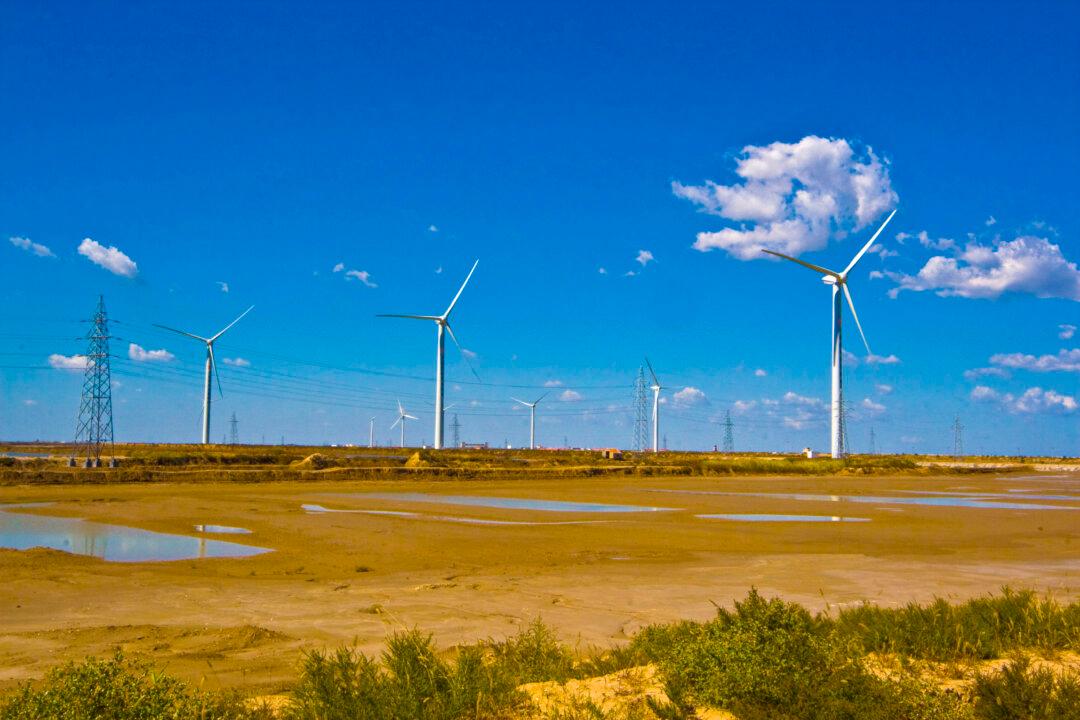Western idealists often portray China as a country that “can get things done,” be it investment in infrastructure or the expansion of renewable energy. What they often fail to ask is whether the done things will actually be useful.
On March 21, China announced it will increase total wind power capacity by 22 percent to 139 gigawatts (GW). This is right on track to achieve its ambitious target of 200 GW by 2020.
As a comparison, the United States has 74 GW installed at the end of 2015 and no ambitious plan to boost it to 200 anytime soon.
China's wind farms are under-performing.
, TheEnergyCollective





